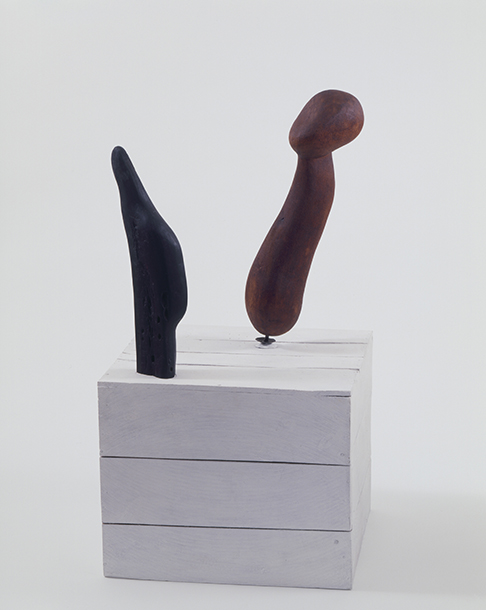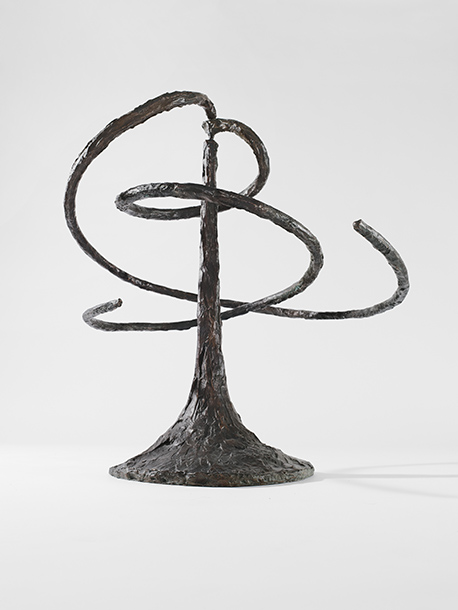'Calder: Hypermobility' at the Whitney
“Just as one can compose colors, or forms, so one can compose motions.”
—Alexander Calder
The Whitney Museum of American Art recently opened Calder: Hypermobility, an exhibition that explores the vast range of motion achieved by Alexander Calder (1898–1976) from the 1930s when he first turned to radical abstraction, on through the remaining decades of his career. The artist is credited with inventing the mobile, a sophisticated, sculpture apparatus that combines balancing components that move and rotate in variable ways, sometimes generating sound. Most remarkably, due to an unprecedented collaboration with the Calder Foundation, the exhibition includes a series of performances and events that demonstrate the full scope of the works in action. Activated by motors and air currents, further animated by touch, the exhibition represents a very rare opportunity to see the mobiles in action, performing as Calder intended.
Calder: Hypermobility is on view at the Whitney through October 23, 2017
More stories
Lévy Gorvy Announces Mickalene Thomas: Beyond the Pleasure Principle
New York | London | Paris | Hong KongJun 3, 2021
PALM BEACH GALLERY HOP & CARPENTER VIOLIN TRIO
Palm BeachMar 6, 2021
Donate Clothing in celebration of Pistoletto's Rebirth Day in New York
New YorkDec 21, 2020
Lévy Gorvy updates its Chinese name to
"厉蔚阁" with appointment of Rebecca Wei in Asia
Hong Kong
Dec 15, 2020
In Conversation | Dominique Lévy & Loa Haagen Pictet
Dec 5, 2020
Pierre Soulages on CBS Sunday Morning
Nov 8, 2020
Rebecca Wei Named Founding Partner of Lévy Gorvy Asia
Sep 24, 2020
LÉVY GORVY TO OPEN A PARIS GALLERY SPACE
Jul 2, 2020




















